Discover Our Best Tours
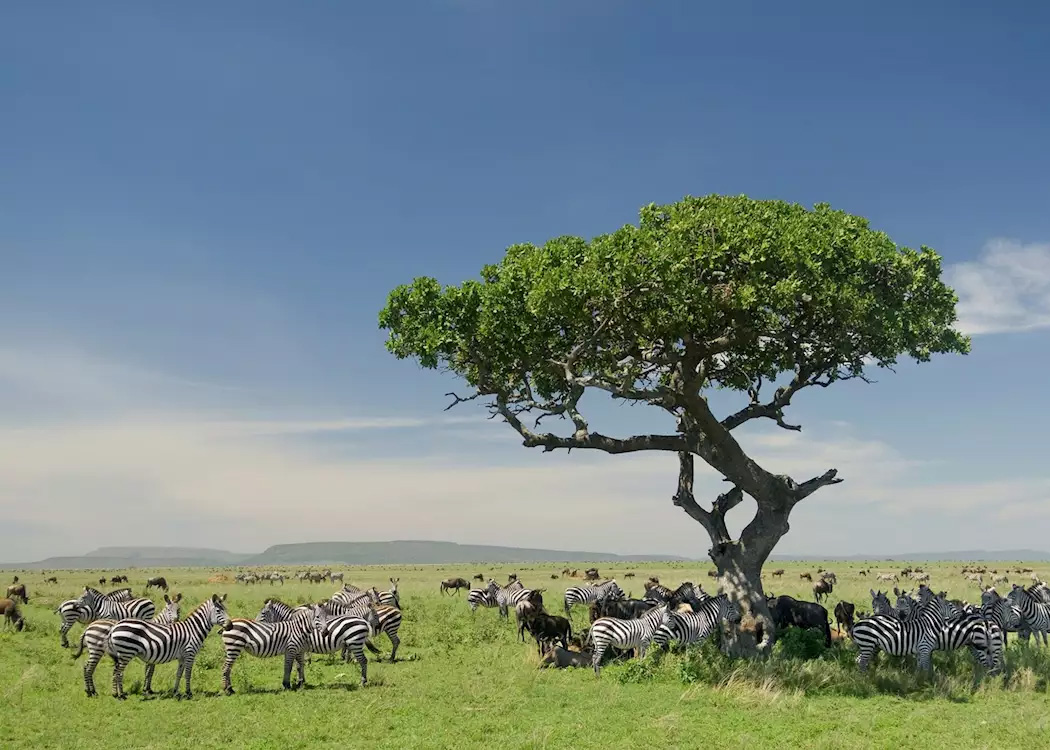
Serengeti National Park
The Serengeti National Park is a renowned wildlife sanctuary located in the Serengeti ecosystem, spanning the Mara and Simiyu regions of Tanzania. It is world-famous for the annual migration of over 1.5 million white-bearded wildebeest and approximately 250,000 zebras, as well as its thriving population of Nile crocodiles and honey badgers. This migration is the largest remaining unaltered animal migration on Earth. Covering about 1.5 million hectares of savanna, the park forms the heart of the greater Serengeti Ecosystem, which also includes the neighboring Ngorongoro Conservation Area in Tanzania and the Maasai Mara National Reserve across the border in Kenya.
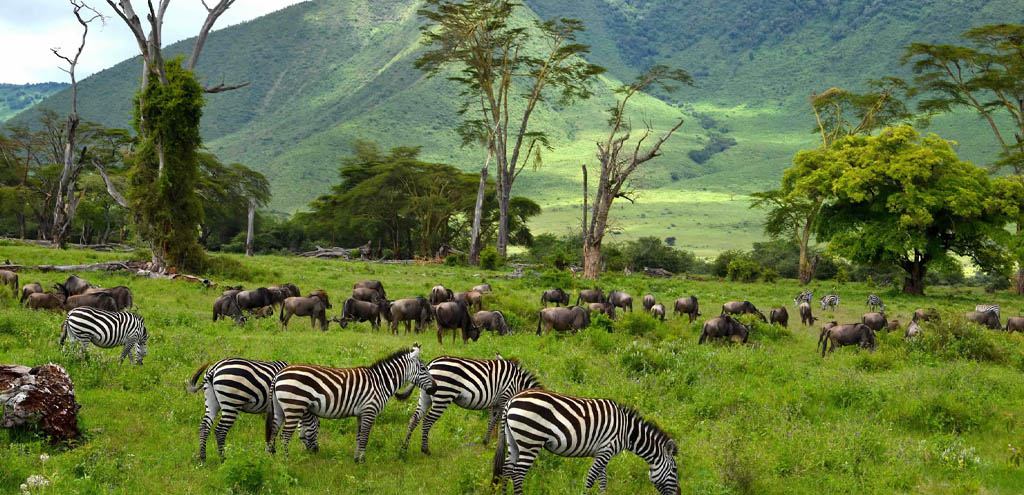
Ngorongoro Conservation Area
The Ngorongoro Conservation Area is a protected region and UNESCO World Heritage Site located about 180 kilometers (110 miles) west of Arusha, in Tanzania’s Crater Highlands. It is named after the Ngorongoro Crater—a vast volcanic caldera that is one of the area’s most striking features. The conservation area is managed by the Ngorongoro Conservation Area Authority, a government agency under the Tanzanian government. Its borders align with those of the Ngorongoro Division in the Arusha Region. In 2009, the Ngorongoro Wildlife Conservation Act introduced stricter regulations on human settlement and subsistence farming within the crater, leading to the displacement of Maasai pastoralist communities.
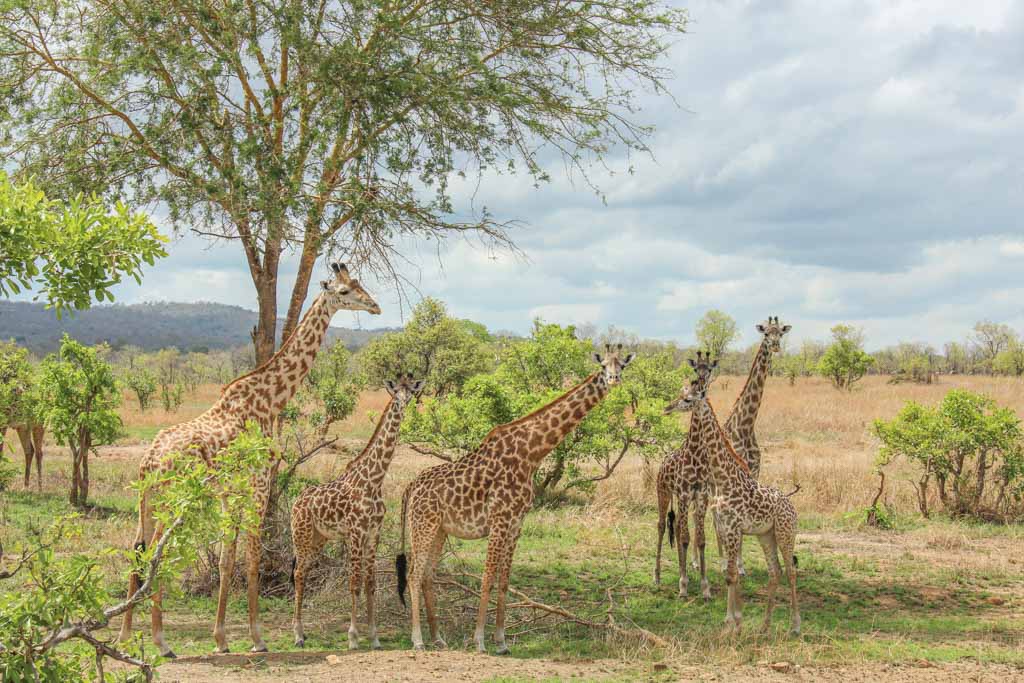
Mikumi National Park
Mikumi National Park, located near Morogoro, Tanzania, was established in 1964 and spans an area of 3,230 square kilometers, making it the fourth largest national park in the country. The park is intersected by the A-7 highway, a major road that runs through Tanzania. To the south, Mikumi borders the Selous Game Reserve, together forming a unique and rich ecosystem. It is also adjacent to other significant natural areas, including the Udzungwa and Uluguru Mountains. Within the park lies Malundwe Mountain—the highest peak in a chain of hills that stretch east to west, linking the Uluguru Mountains in the northeast with the Uvidunda and Udzungwa Mountains in the west.
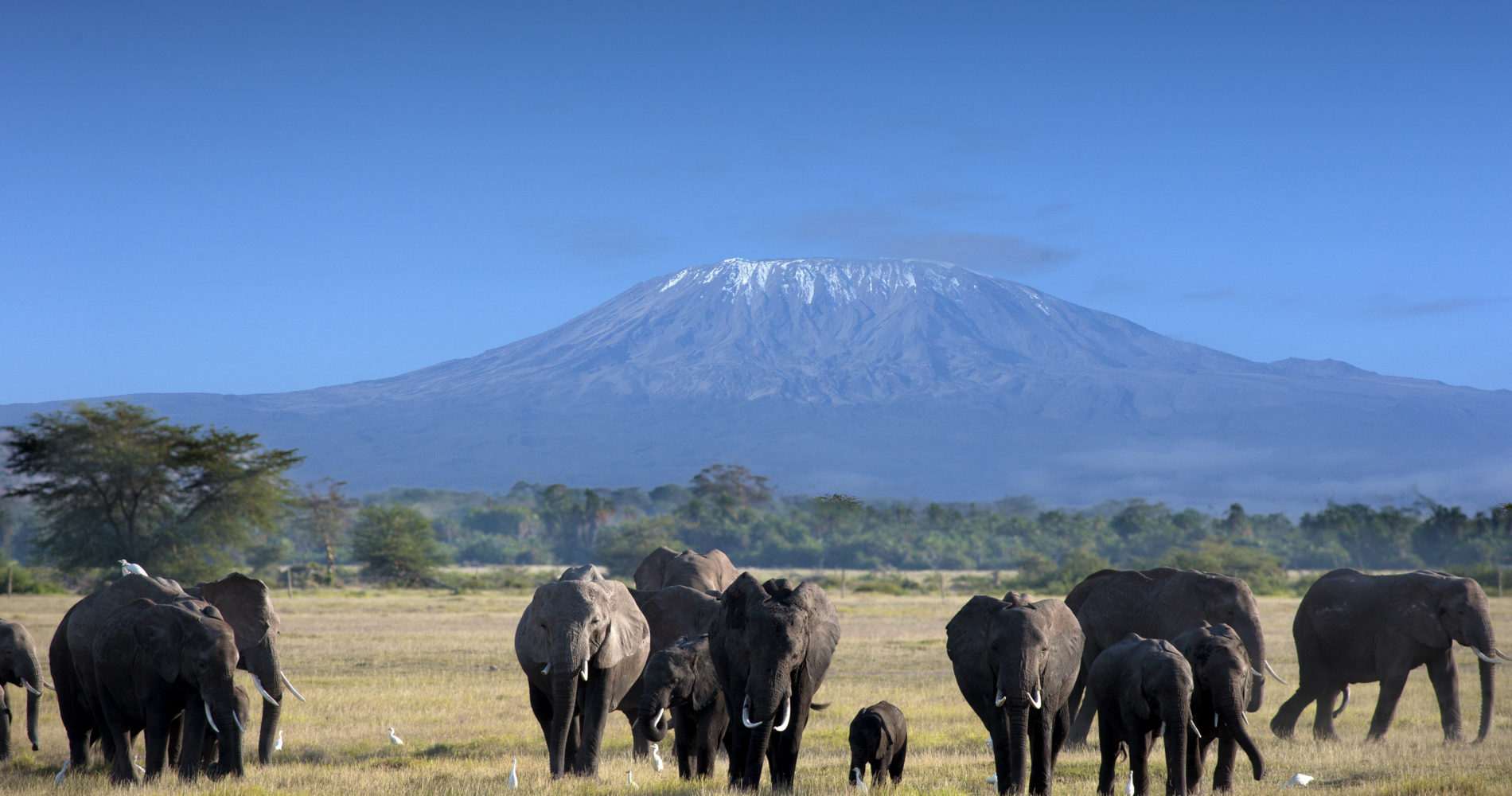
Mountain Kilimanjaro
Mount Kilimanjaro, a dormant volcano located in Tanzania, is renowned for its three distinct volcanic cones: Kibo, Mawenzi, and Shira. Standing at 5,895 meters (19,341 feet) above sea level—and approximately 4,900 meters (16,100 feet) above its base plateau—it is the highest peak in Africa and the tallest free-standing mountain in the world. Kilimanjaro is also the fourth most topographically prominent mountain on Earth. The first recorded ascent to the summit was made by Hans Meyer and Ludwig Purtscheller in 1889. Now part of Kilimanjaro National Park, the mountain is a major destination for climbers and adventurers. Its rapidly receding glaciers and ice fields have attracted significant scientific attention in recent years.
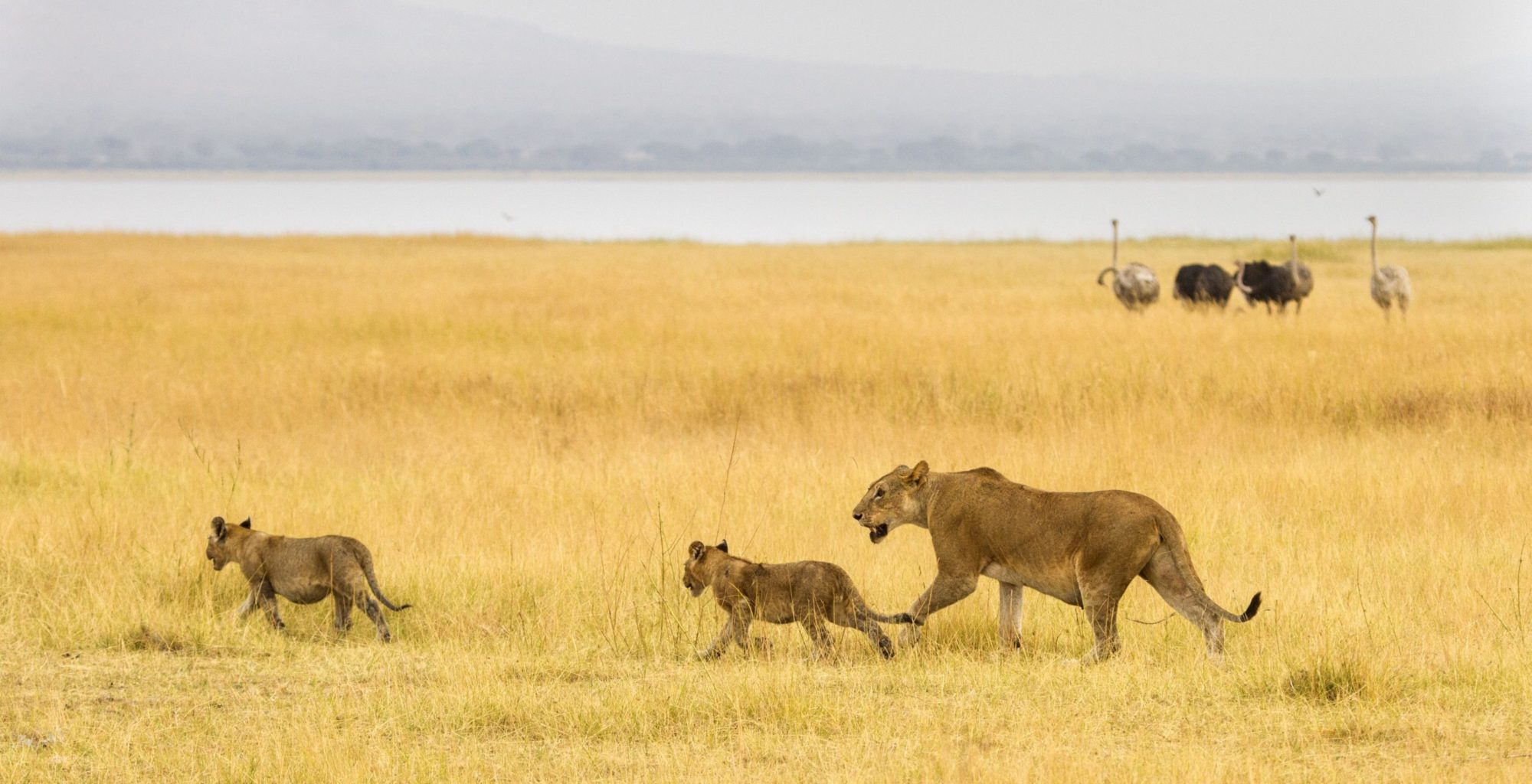
Tarangire National Park
Tarangire National Park is located in Tanzania’s Manyara Region and is named after the Tarangire River, which flows through the park. This river serves as the primary source of fresh water for wildlife in the Tarangire Ecosystem, especially during the dry season. The ecosystem is characterized by the long-distance migration of wildebeest and zebras. Each dry season, thousands of animals gather within the park from surrounding calving and dispersal areas, making it a prime location for wildlife viewing. The park spans approximately 2,850 square kilometers (1,100 square miles).